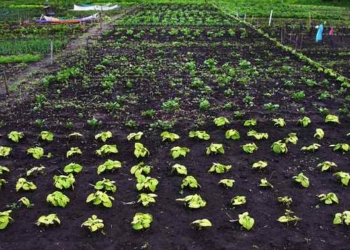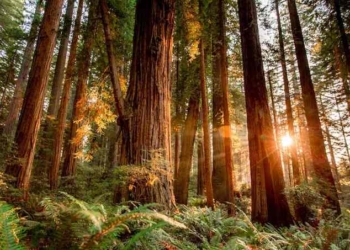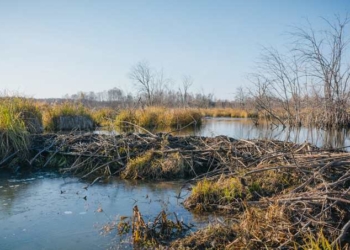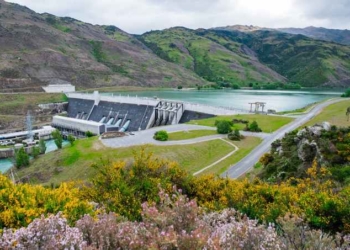
Wind is moving mass, in other words, energy. A wind park consists of several wind turbines with internal electrical installations. In a wind turbine, some of the moving energy converts into electricity.
A wind turbine consists of a tower, propellers and a generator. They operate around one simple principle; Moving wind puts the propellers in motion, just like wings on an airplane makes the plain lift. A wind power station usually has less impact on the environment than other power stations, but they need to be built at a large scale in order to be effective.
Wind energy is the future – keep reading to learn why.
Transforming Energy
Energy is transferred from the moving turbine via the driveshaft to a generator inside the turbine. The generator converts moving energy to electrical energy which is further transmitted via transformers to the electricity grid.
The machine is located inside the nacelle on top of the tower. It contains the generator, a gearbox, low- and high-speed shafts, controllers, and brakes. Some nacelles are large enough for a helicopter to land on.
What if There’s No Wind?
Wind direction determines the design of the turbine. Upwind turbines face into the wind, while downwind turbines face away. A controller inside the nacelle starts up the wind turbine at wind speeds of about 8 to 16 miles per hour (mph) and shuts off the system at about 55 mph.
In other words: The turbine doesn’t operate if wind speeds are too low, which is why wind turbines are located in environments with stable wind conditions. The system shuts off at about 55 mph because too much speed may damage the machine.
The Gearbox
The rotational speed required by most generators to produce electricity is between 1000-1800 rotations per minute (rpm). The gearbox connects the low-speed shaft to the high-speed shaft, increasing the rotational speed from about 30-60 rpm to the required level.
The gearbox is a costly part of the wind turbine, and engineers are exploring generators that operate at lower rotational speeds and don’t need gearboxes.
Offshore Wind Engineering
The ideal wind condition for wind turbines is strong but consistent wind, with low turbulence wind blowing consistently from one single direction. Location is therefore critical to the success of any wind farm. Offshore wind farms have a much more efficient energy production than onshore wind farms because the average wind speed is considerably higher over open water than overland.
You may wonder why not all wind farms are located offshore? The answer is that the installation and maintenance of offshore wind farms are huge and costly challenges. Wind turbines are dependent on physical access, access to electric transmission, and price levels at the local electricity market.
That’s why engineers are working constantly to reduce costs. By exploring generators that operate at lower rotational speeds and developing sensor technology, special service vehicles, and working platforms, costs can be reduced. Expert engineers like 4subsea are working on advanced offshore wind turbines, making groundbreaking and cost-reducing technology every year.
Benefits of Wind Turbines
Wind power is a renewable and emission-free energy resource, and as such a sustainable alternative to burning fossil fuels. When placed offshore, wind turbines have a minor impact on the environment, consuming no fuel and emitting no air pollution.
The energy that goes into the manufacturing of wind turbines and transporting the materials used to build wind farms, is equal to the new energy produced by the wind generators within just a few months. That’s why wind energy generated from offshore wind turbines are the future.















